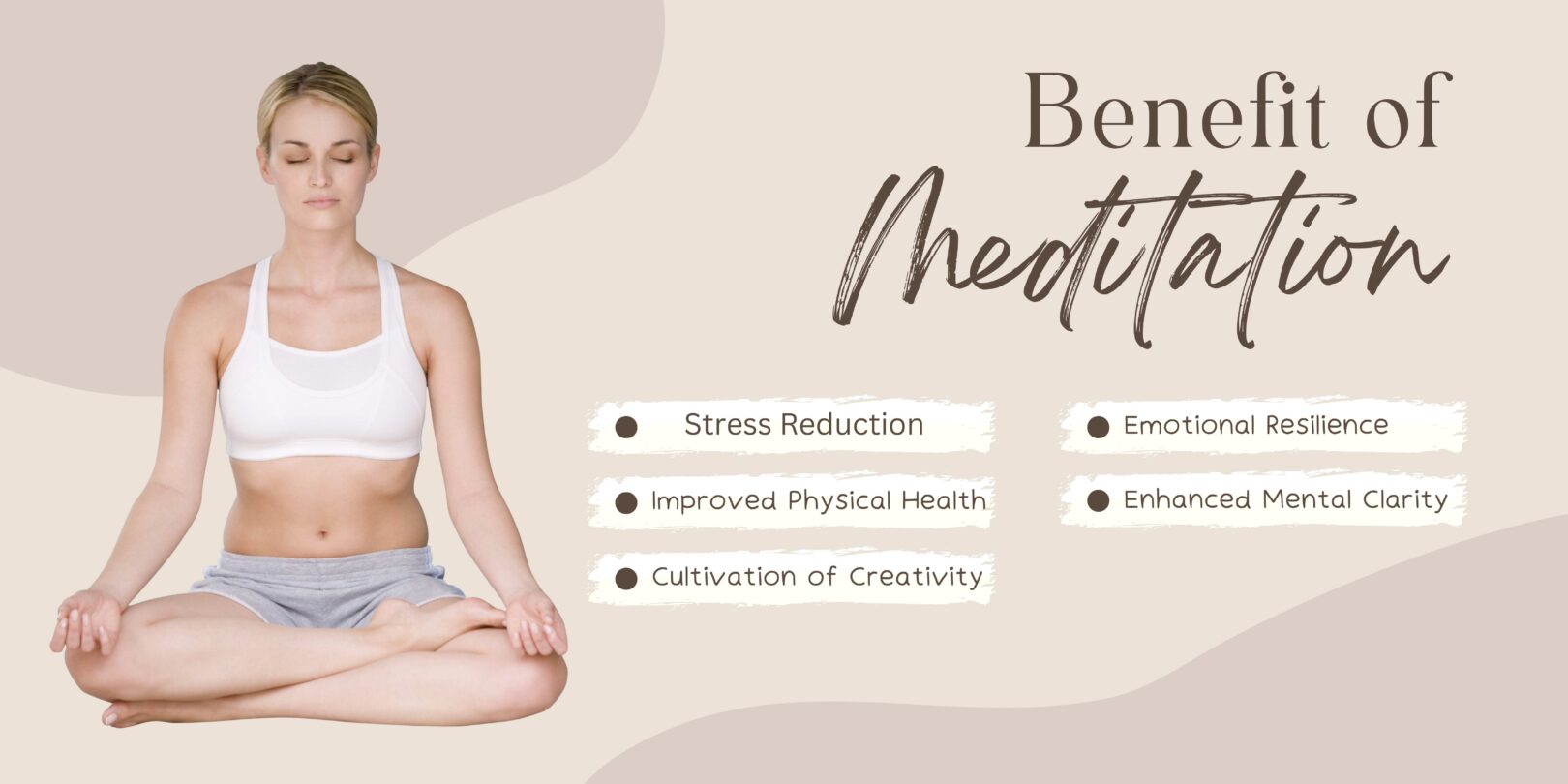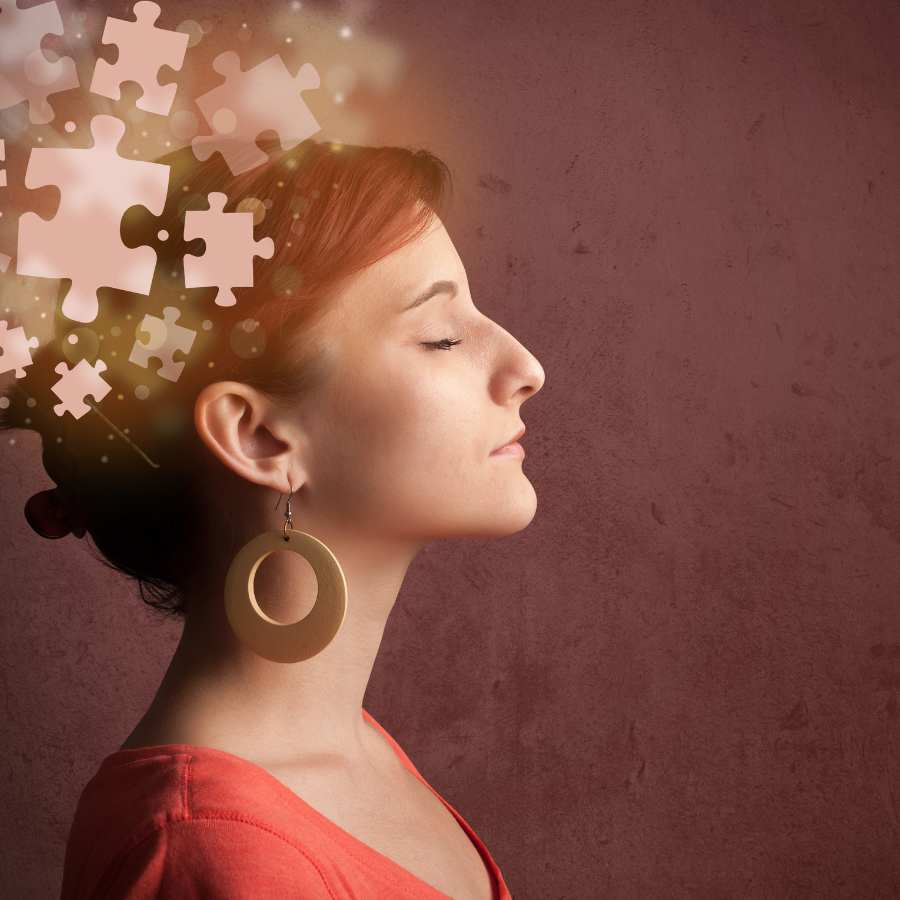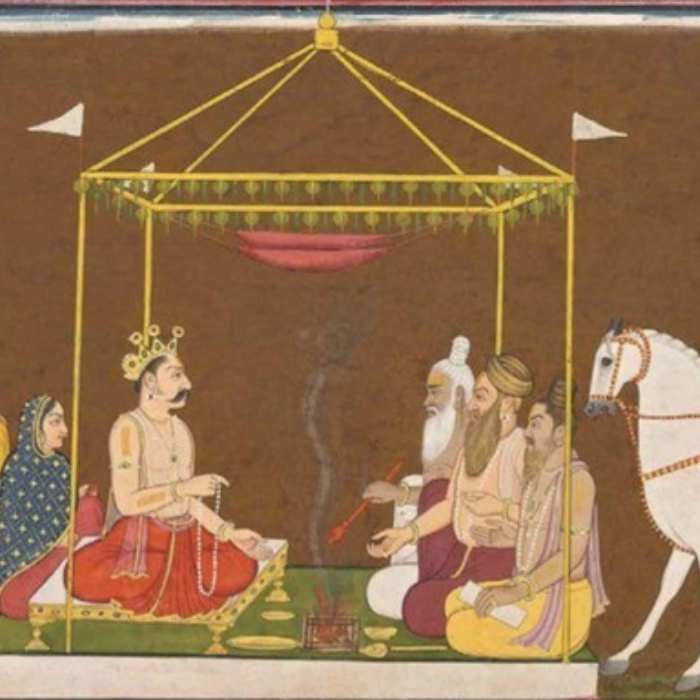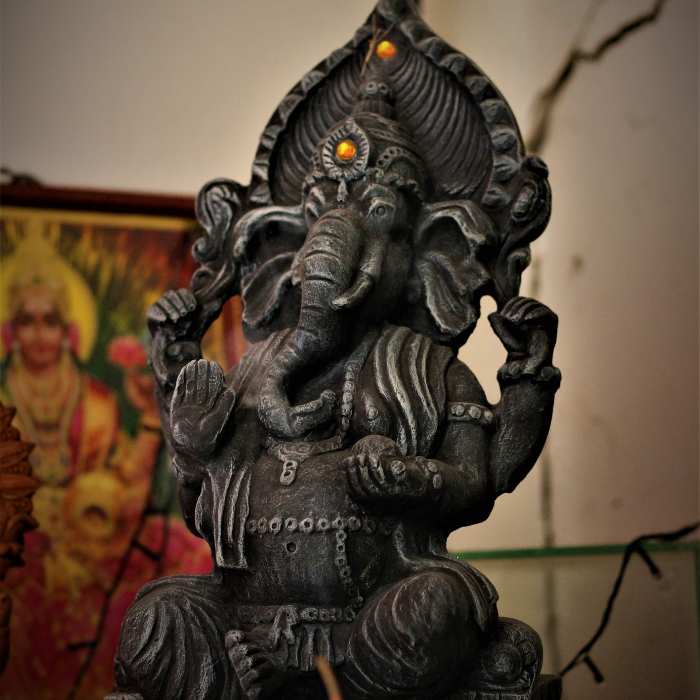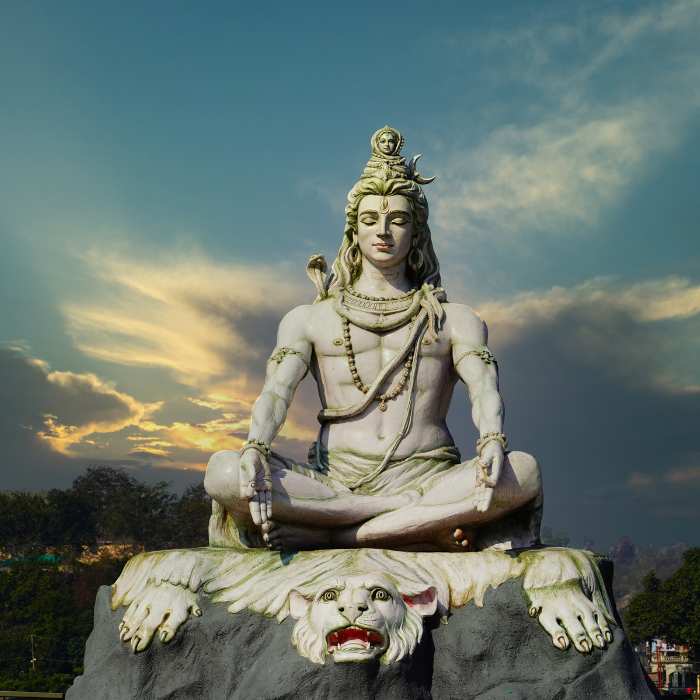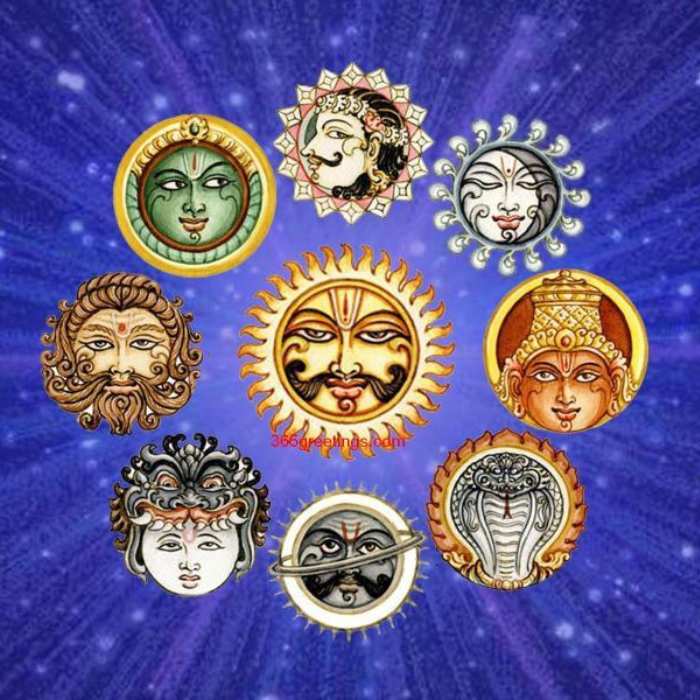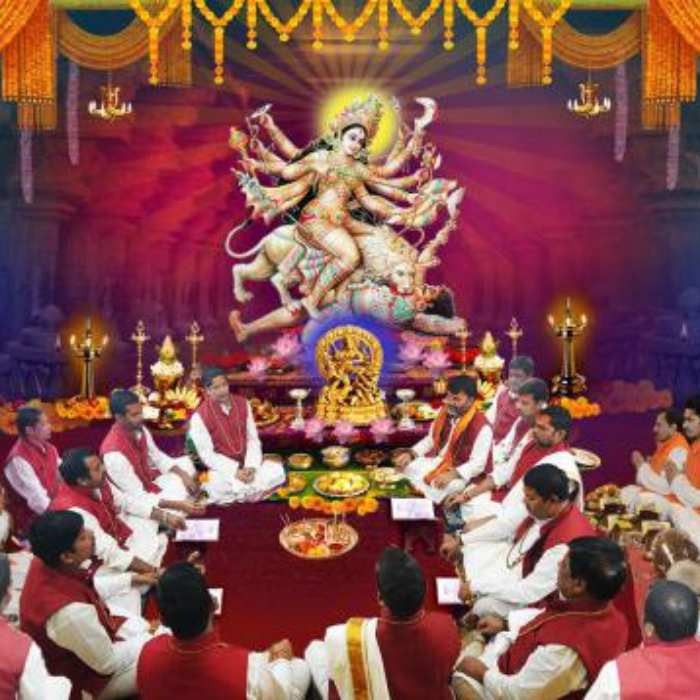In today’s world where there are so many diets and food trends, Satvik eating stands out for its simplicity and health benefits. It’s an ancient way of eating from India that focuses on balance and nourishment for the body, mind, and soul. This article will explore what Satvik eating is all about, why it’s important, and how it can make us feel healthier and more connected. So, let’s dive into the world of Satvik eating and discover its secrets to a happier and healthier life.
What is SATVIK eating is all about

Satvik eating is a dietary practice deeply rooted in ancient Indian philosophy and Ayurvedic principles. It revolves around consuming foods that are pure, fresh, and minimally processed, with an emphasis on nourishing the body, mind, and spirit. This essay will explore what Satvik eating entails, why it holds significance, and how it can enhance our overall well-being and sense of connection.
It includes –

Firstly, Satvik eating prioritizes foods that are considered pure and wholesome. This includes a variety of fruits, vegetables, whole grains, nuts, seeds, and dairy products. These foods are believed to be rich in vital nutrients, antioxidants, and fiber, providing the body with the essential building blocks for optimal health and vitality. By focusing on natural, unprocessed foods, Satvik eating promotes physical well-being by supporting digestion, boosting immunity, and maintaining a healthy weight.
Importance of satvik food in Ayurveda –
Moreover, Satvik eating habits extend beyond mere nutrition to encompass broader principles of balance and harmony. In Ayurveda, food is viewed not only as fuel for the body but also as a means of nourishing the mind and soul. Satvik foods are believed to promote mental clarity, emotional stability, and spiritual growth, fostering a sense of inner peace and contentment. By consuming foods that are light, pure, and easy to digest, individuals can experience greater energy levels, improved concentration, and enhanced mood stability.

Say no to harm or exploitation of animals
Furthermore, Satvik eating is closely aligned with the concept of Ahinsa, or non-violence, which emphasizes compassion and respect for all living beings. Satvik eaters often choose foods that are obtained through ethical and sustainable means, avoiding those that involve harm or exploitation of animals. This ethical dimension of Satvik eating not only promotes environmental sustainability but also fosters a deeper sense of connection with the natural world and all its inhabitants.

Helps to strengthening social ties –

In addition to its physical and ethical benefits, Satvik eating habits can also enhance our sense of connection and community. Sharing meals prepared with love and mindfulness fosters bonds of friendship and camaraderie, strengthening social ties and promoting a sense of belonging. Moreover, by cultivating a deeper connection with the food we eat and the Earth from which it comes, Satvik eating encourages us to appreciate the interconnectedness of all life and to honor the sacredness of food as a gift from nature.
In conclusion, Satvik eating offers a holistic approach to health and well-being that encompasses not only the body but also the mind and spirit. By choosing foods that are pure, nourishing, and in harmony with nature, individuals can experience greater vitality, clarity, and inner peace. Moreover, Satvik eating promotes ethical values such as compassion, sustainability, and interconnectedness, fostering a deeper sense of connection with ourselves, each other, and the world around us. As we embrace Satvik eating habits, we not only nourish our bodies but also cultivate a more mindful, compassionate, and harmonious way of life.
FAQ –
1. What are the potential health benefits of Satvik eating?
ans. Improved digestion, enhanced immunity, and increased energy levels.
2.Can Satvik eating help reduce stress and promote relaxation?
ans. “Yes, Satvik eating focuses on wholesome, natural foods that can help reduce stress and promote relaxation.”
3.Can guests request customized Satvik meals during their stay?
ans. Yes, guests can request customized Satvik meals to accommodate their preferences
Contact with us
Call & WhatsApp(+91 9837555722, 9837816622, 9837369922)


